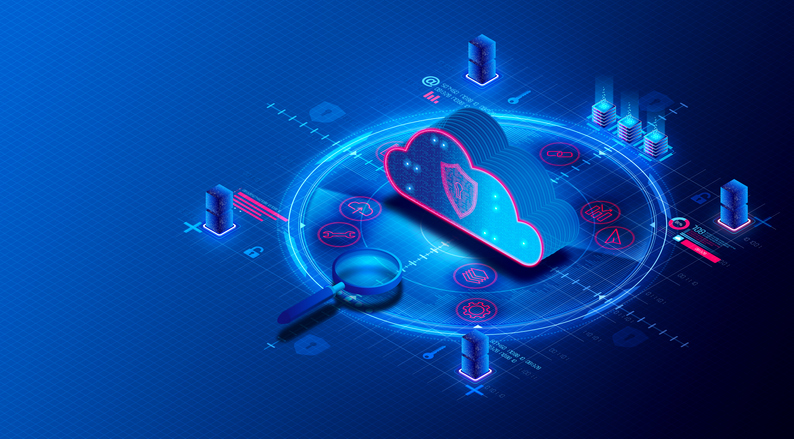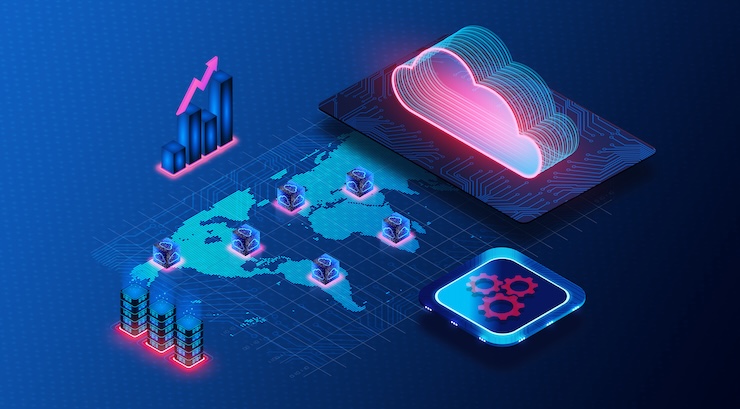Today’s IT networks face increasing complexity. With hybrid working the norm, cloud-based infrastructure everywhere, and IoT devices connecting from all corners of the estate, networks are more distributed and dynamic. They are harder to keep track of and traditional network monitoring just doesn’t cut it anymore. The days of relying on static monthly reports and hoping for the best are long gone.
Modern networks are sprawling, complex, and constantly evolving. You’ve got users connecting from everywhere, apps hosted across multiple clouds, data flying in and out of many devices, and threats lurking in the traffic. It’s no wonder network teams are feeling the pressure. That’s why having greater visibility is so important and the answer lies in observability.
Why observability matters
Let’s say you’re running infrastructure for a large enterprise or you’re a network engineer in the NHS. You’re most likely juggling a whole host of activities like cloud migrations, remote access, BYOD policies, security threats and legacy technology. You need to know what’s going on, in real time, across your entire estate. Not just for one site or one vendor.
Most managed service providers still operate on a ‘we’ll tell you when something’s broken’ model. But that’s reactive, not proactive. By the time you get the monthly report, the incident has already happened, users have complained and the moment to provide meaningful feedback or take direct action has passed.
With observability, you’re ahead of the curve. You can spot issues before they become outages. You can diagnose problems faster, reduce mean time to innocence and stop the network getting the blame.
Visibility vs observability
You might hear people use these terms interchangeably, but they’re not the same thing. Visibility is about what you can see – dashboard statistics, logs, uptime numbers, bandwidth figures, the raw data that tells you what’s happening across your network.
Observability, on the other hand, is about what that data actually means. It’s the ability to interpret, analyse, and act on those insights. It’s not just about seeing a traffic spike but instead understanding why it happened. It’s not just spotting a latency issue, but knowing which apps are affected and where the bottleneck sits.
The three pillars of a modern network
So, what does good look like? It comes down to three core pillars which are designed to complement and enhance one another.
Let’s start with connectivity. This is your foundation and without it, nothing else matters. We’re long past the days of just plugging things in and hoping for the best. Today, connectivity needs to be smart, agile, and scalable. It’s about building infrastructure that supports cloud, remote work, and everything in between. Whether you’re adding a new site, onboarding a remote team, or launching a cloud-hosted app, your network should be able to scale and respond at speed.
Then there’s security, a non-negotiable layer that protects your entire ecosystem. Great security isn’t about throwing up walls, it’s about creating confidence. That means deploying zero trust principles, segmenting access, detecting threats in real time, and encrypting data, without making users lives harder. A secure network should sit seamlessly in the background and be invisible to your users.
Finally, we come to observability. Arguably the most unappreciated of the three but quickly becoming essential. Observability brings intelligence into the picture. It gives you the ability to see, understand, and act on what’s happening across your network in real time. It’s not just about monitoring uptime or spotting traffic spikes. It’s about interpreting patterns, identifying anomalies, diagnosing root causes, and using those insights to drive real improvements in performance and user experience.
When these three pillars are in place, integrated and working together, you get a network that’s not just functional but actionable. One that adapts with your business, strengthens your resilience and helps you make smarter decisions.
From noise to knowledge
Of course, more data isn’t always better. You don’t want to drown in logs and alerts. That’s where intelligent filtering, aggregation, and eventually AI come in. Observability at scale means using technology to sort through the noise and highlight the important insights.
We’re already heading into a world where AI can identify patterns across huge volumes of network traffic, flag anomalies and even recommend fixes. It’s not about replacing people. It’s about giving them the insights they need.
That’s the future. But even now, we’re seeing organisations make huge strides just by having proper visibility across their network: understanding usage patterns, spotting over-provisioned links and uncovering shadow IT. These aren’t glamorous wins, but they save money, reduce risk, and free up teams to focus on what matters.
Moving towards intelligent networks with observability
Data observability is quickly becoming part of the foundation for resilient and intelligent networks. It’s not only about keeping things running. It’s about running them better and empowering IT teams to anticipate issues, enhance user experiences and support continuous improvement.
So, whether you’re managing a local council network, supporting healthcare systems, or rolling out new digital services, observability needs to be part of your strategy. Because if you haven’t got a clear view of what’s happening in your network, you can’t fix it.
Key takeaways
- Most managed service providers still operate on a ‘we’ll tell you when something’s broken’ model – by then it’s too late.
- With observability, you can spot issues before they become outages. You can diagnose problems faster, reduce mean time to innocence and stop the network getting the blame.
- People use visibility and observability interchangeably, but they’re not the same thing. Visibility is about what you can see – dashboard statistics, logs, uptime numbers, bandwidth figures, the raw data that tells you what’s happening across your network. Observability is about what that data actually means. It’s the ability to interpret, analyse, and act on those insights.
- Data observability is quickly becoming part of the foundation for resilient and intelligent networks. It needs to be part of your strategy.
Justin Day is chief product officer and co-founder of Cloud Gateway.
Read more
Observability – everything you need to know – Morgan Mclean, Director of Product Management at cybersecurity leader, Splunk, tells Information Age about all things observability
Future challenges and innovations in cloud security platforms – Cloud security helps businesses navigate the challenges of cyber threats and the complexities of regulatory demands






